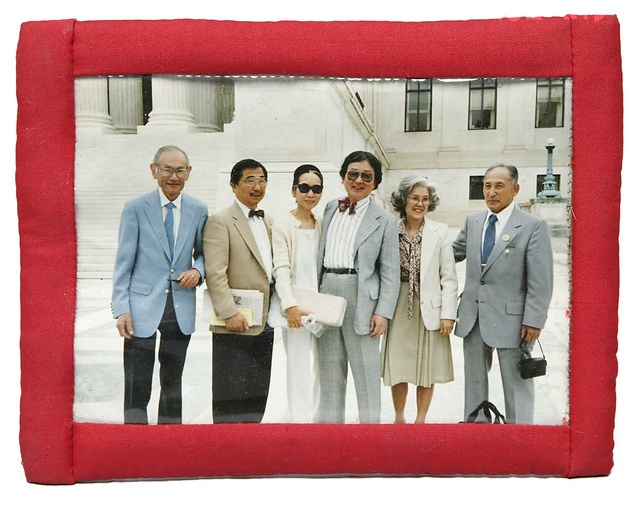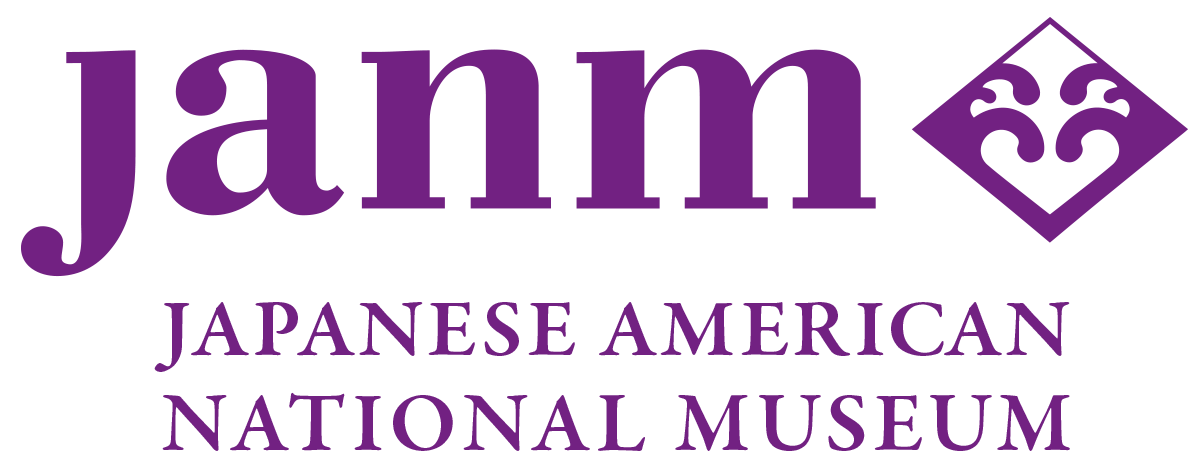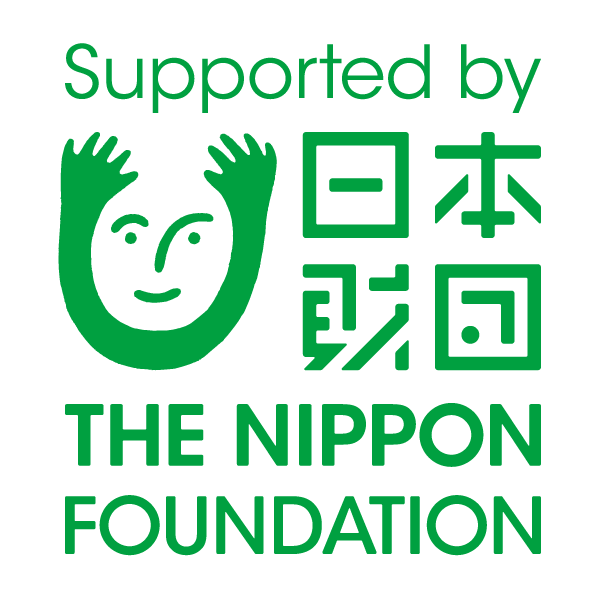
|
||
 Enlarge
Enlarge
|
Licensing | |
Photograph commemorating the efforts of the National Council for Japanese American Redress (NCJAR) to win redress through a class action suit against the government. 1987
Photograph taken by Doris Sato.
Fabric frame made by NCJAR member Hannah Tomiko Holmes.
Figures represented: Fred Korematsu, Gordon Hirabayashi, Michi Weglyn, William Hohri, Aiko Herzig and Harry Y. Ueno. Gift of Hannah Tomiko Holmes (deaf WWII internee)
Japanese American National Museum permanent collection
Accession #88.4.1b
Location 16.SH.F.2.BOX5
 editor
—
Last modified Mar 30 2011 7:50 p.m.
editor
—
Last modified Mar 30 2011 7:50 p.m.
Part of these albums

|
Japanese American History from Early Immigration to Present Time nicolemyoung
nicolemyoung
|

|

|
Five Views of Redress: Celebrating the 20th Anniversary editor
editor
|

|

 Discover Nikkei Illustrations by Roxsy Lin
Discover Nikkei Illustrations by Roxsy Lin Nima-kai Traditions: Matsuri
Nima-kai Traditions: Matsuri Nima-kai Kodomo no Hi Traditions
Nima-kai Kodomo no Hi Traditions Nima-kai Hinamatsuri Traditions
Nima-kai Hinamatsuri Traditions Nima-kai Oshogatsu Traditions
Nima-kai Oshogatsu Traditions Nikkei Names: Writing Workshop in Gardena
Nikkei Names: Writing Workshop in Gardena Nikkei Names: Writing Workshop in Anaheim
Nikkei Names: Writing Workshop in Anaheim Nikkei Names: Writing Workshop in San Jose
Nikkei Names: Writing Workshop in San Jose Nikkei Names: Writing Workshop in Seattle
Nikkei Names: Writing Workshop in Seattle Nikkei Names: Writing Workshop in Burnaby, BC
Nikkei Names: Writing Workshop in Burnaby, BC
 Journal feed
Journal feed
